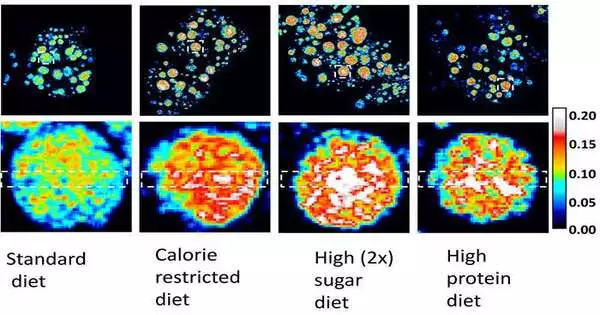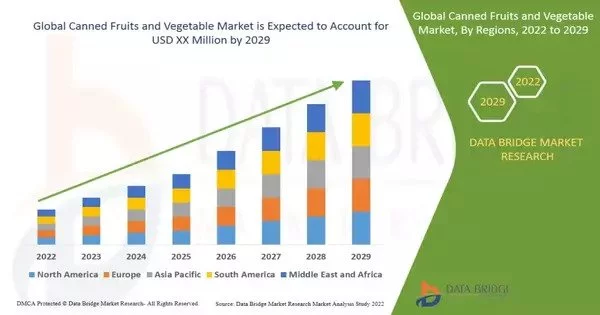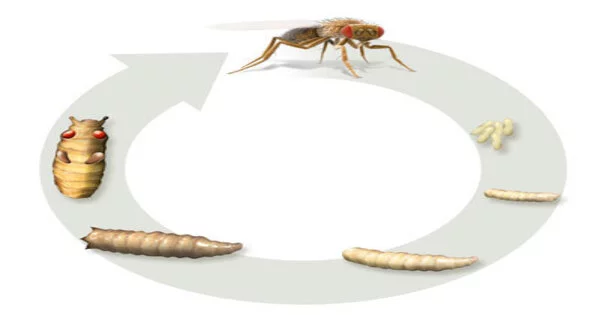For the first time, researchers have visually tracked the timing and location of fat storage within intact fruit fly cells in high resolution. The novel optical imaging technology developed by bioengineering professor Lingyan Shi’s team at the University of California, San Diego, is already being used to untangle the widely discussed but enigmatic relationships between nutrition and conditions such as obesity, diabetes, and aging. The study was published in the journal Aging Cell by bioengineers at the University of California, San Diego Jacobs School of Engineering.

The optical microscopy platform created by UC San Diego bioengineers is one-of-a-kind. It enables the researchers to visually track, in high resolution, how precise dietary changes impact the way flies convert the energy from their meal into fat. The gadget also enables the researchers to track the process of converting fat back into energy. Furthermore, the researchers can now visually monitor changes in size in individual fat-storage “containers” inside the fruit fly cell type that is equivalent to mammalian fat (adipose) cells.
In a recent publication published in Aging Cell, the researchers exhibited the ability to visually follow changes in fat (lipid) metabolism in flies after they were fed a variety of different diets. Calorie-restricted diets, high protein diets, and diets with twice, four-times, and ten-times the sugar of a typical diet were among the options.
Shi, the corresponding senior author of the new study and a bioengineering professor at UC San Diego, said that with their novel optical microscopy technique, they can watch where and when fats are being put into and pulled out of storage. “This is the first imaging device that can visualize fat metabolism in individual fat cells at high resolution in both location and time. We’ve shown that we can see where and when lipid metabolism occurs in individual fruit fly fat body cells in response to dietary changes.
And how much influence do these identical diets have on a fruit fly’s method of converting fat back into energy?
Shi explained, “We created this technology to assist us in untangling the relationships between nutrition and phenomena such as obesity, diabetes, aging, and lifespan.”

One example of what the new visualization platform can do is track the size of fat droplets within intact fruit fly cells.
Droplet size is a method of determining how much stored fat is “rolling over,” or being transformed back into energy. This is a critical element of lipid metabolism, and we now have a tool that allows us to follow changes in the size of specific lipid droplets within individual fruit fly cells, “said Yajuan Li, MD, Ph.D., a postdoctoral researcher in the Shi lab at UC San Diego and the paper’s first author.
Heavy water
The new visualization platform expands on Shi’s previous work with heavy water, a variation on normal water (D2O). Heavy water literally weighs more than regular water. Heavy water molecules, like ordinary water, have one oxygen atom. Heavy water, on the other hand, has a pair of heavier deuterium atoms in place of the pair of hydrogen atoms—the “H2” in “H2O.”
Heavy water, like “normal” water, is freely absorbed into the cells of living organisms. So, when the researchers give a fruit fly heavy water, the fruit fly starts converting energy from its diet into fat molecules to be stored. Some of those fat molecules contain deuterium.
The presence of deuterium atoms in lipids contained within the fat cells of fruit flies can thus be used to calculate how much fat the fly has stored.

By altering a fly’s food at the same time as introducing heavy water, you can track how the diet affects lipid turnover. More information on how the system works can be found in this 2021 profile, where Shi stated, “When we invent a new technology, a new tool, it will undoubtedly encourage us to ask new biological questions.”
When it comes to understanding the linkages between diet composition and lipid metabolism, new biological issues are leading researchers back to some of the oldest and most intriguing questions regarding diet and obesity, diabetes, aging, and lifespan.
On March 7, 2022, a paper titled “DO-SRS imaging of diet-regulated metabolic activity in Drosophila during aging processes” will be published in the journal Aging Cell. Yajuan Li, Wenxu Zhang, Anthony A. Fung, and Lingyan Shi from the University of California, San Diego Jacobs School of Engineering’s Department of Bioengineering. NIH grant/award number: 2U54CA132378; Jacobs School of Engineering, University of California, San Diego; Hellman Fellow Award from UC San Diego.





